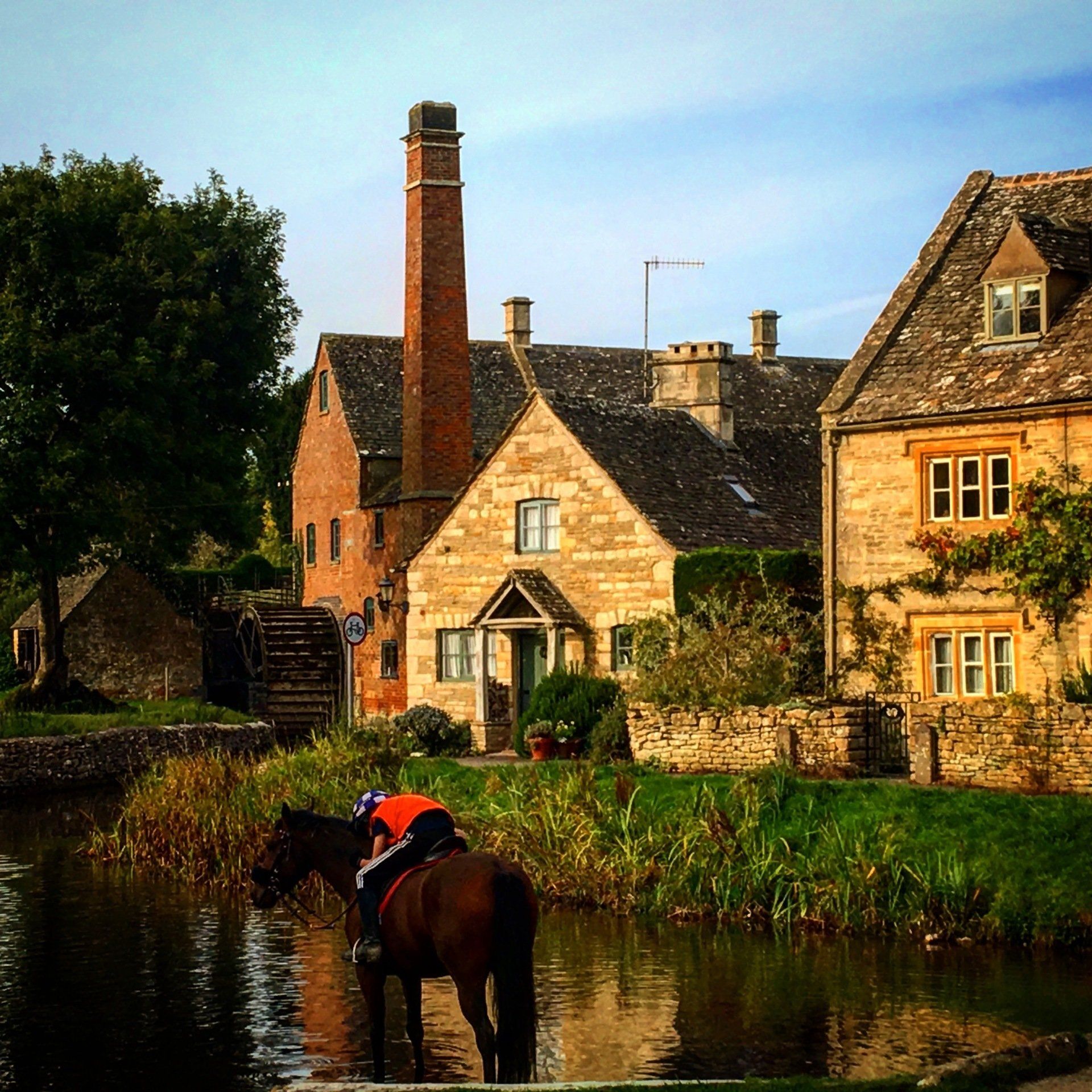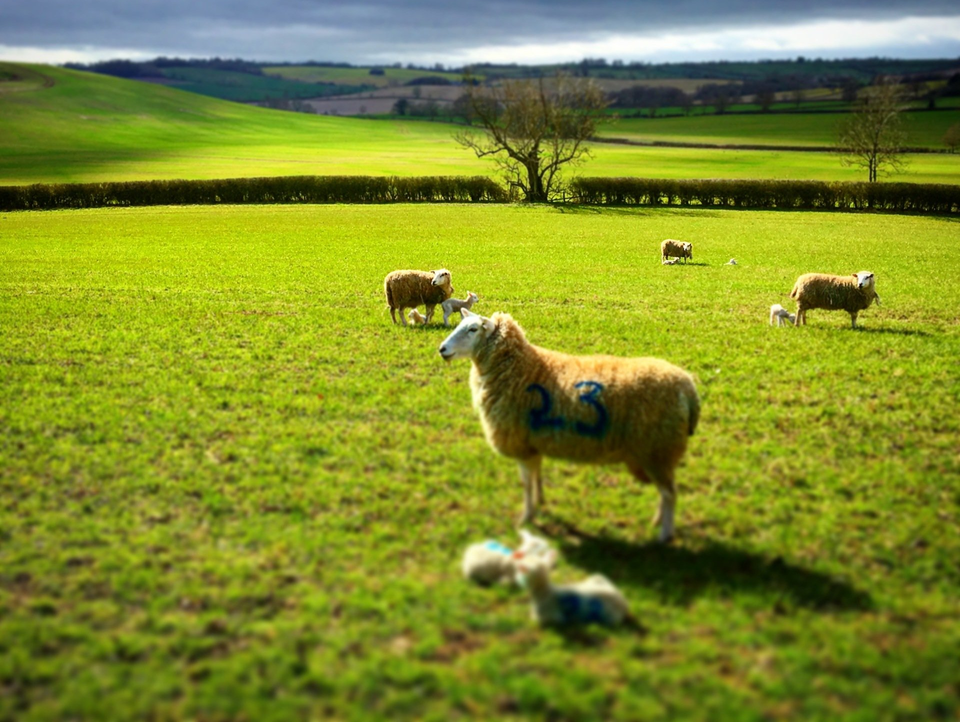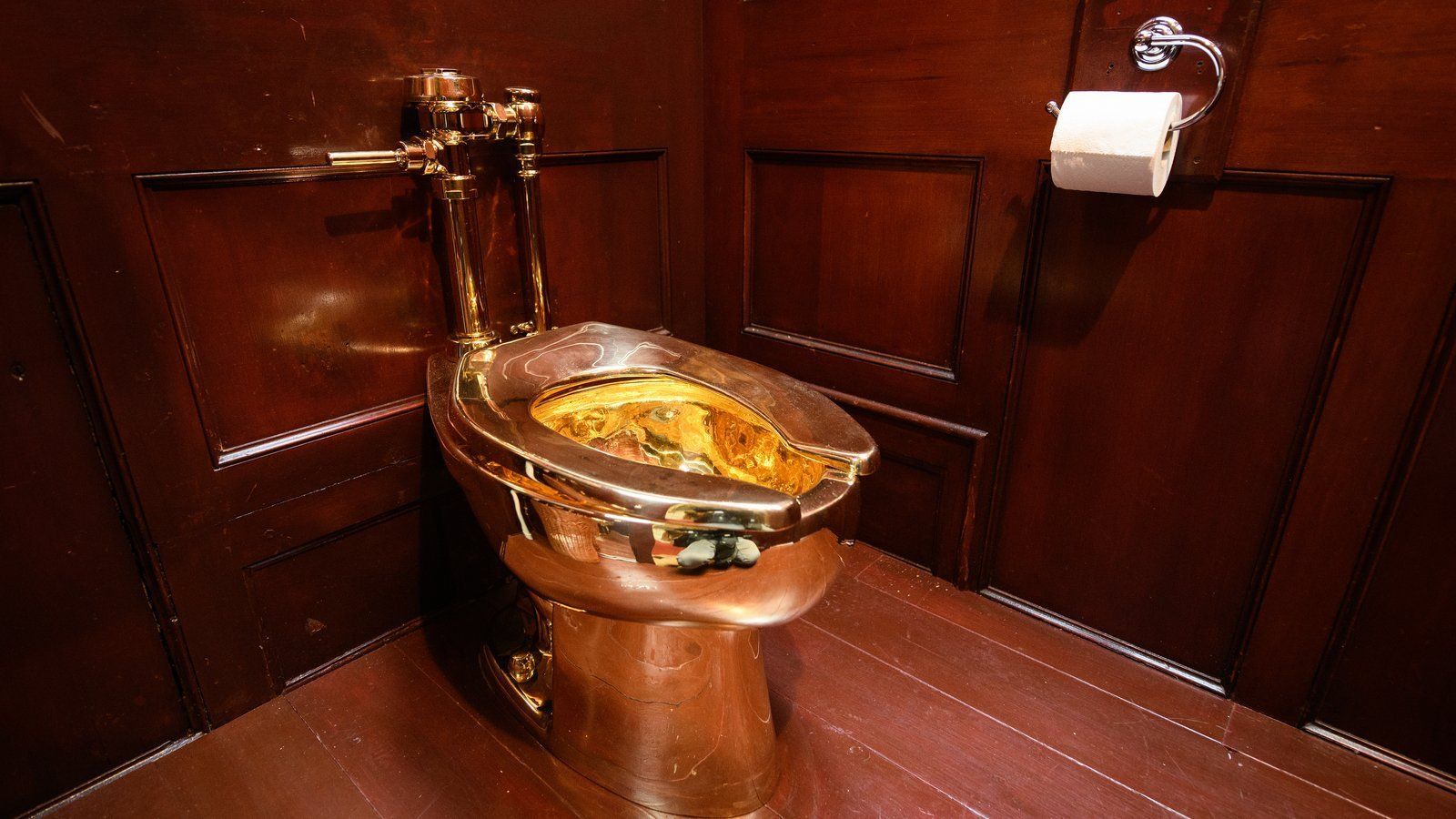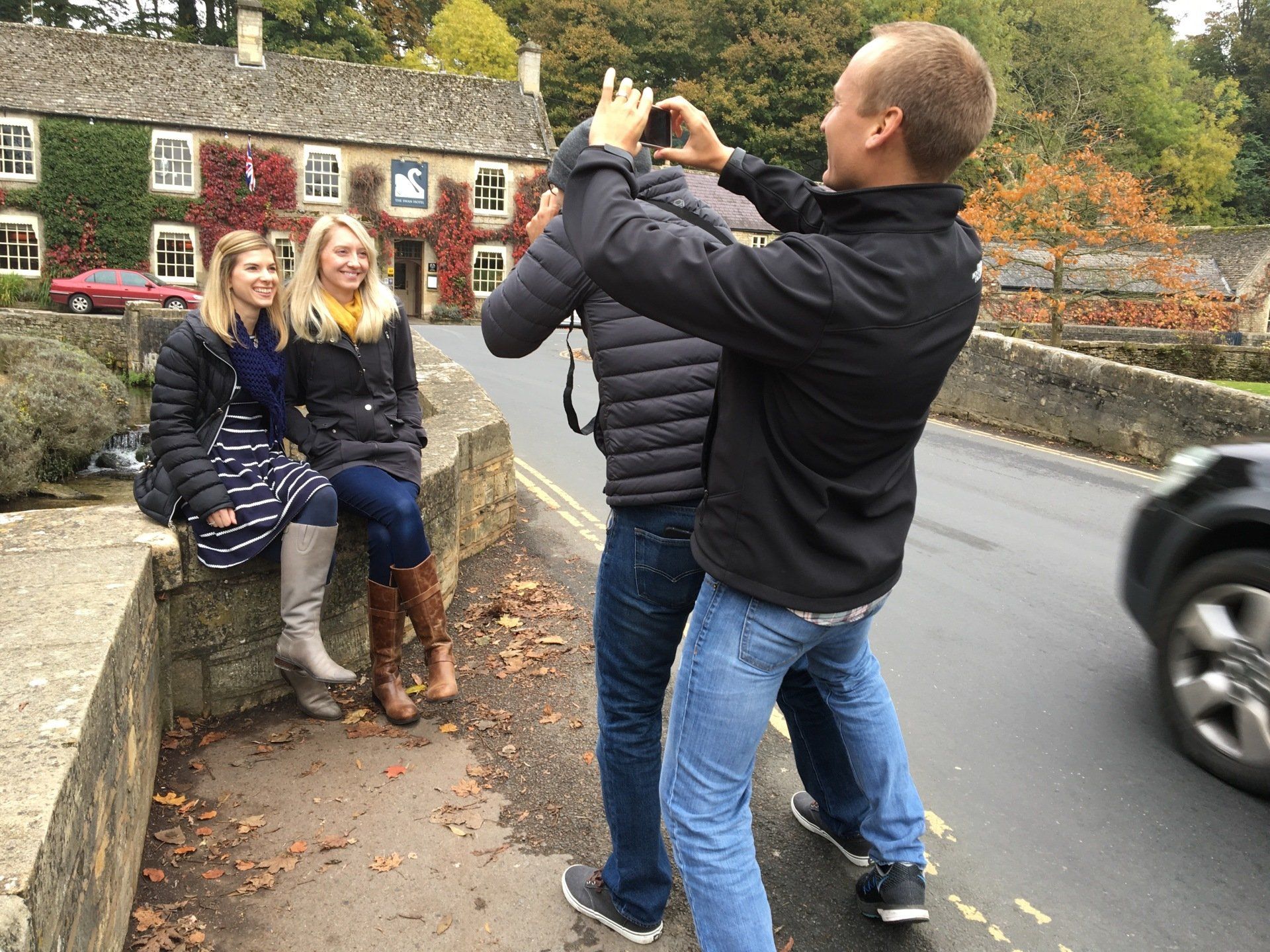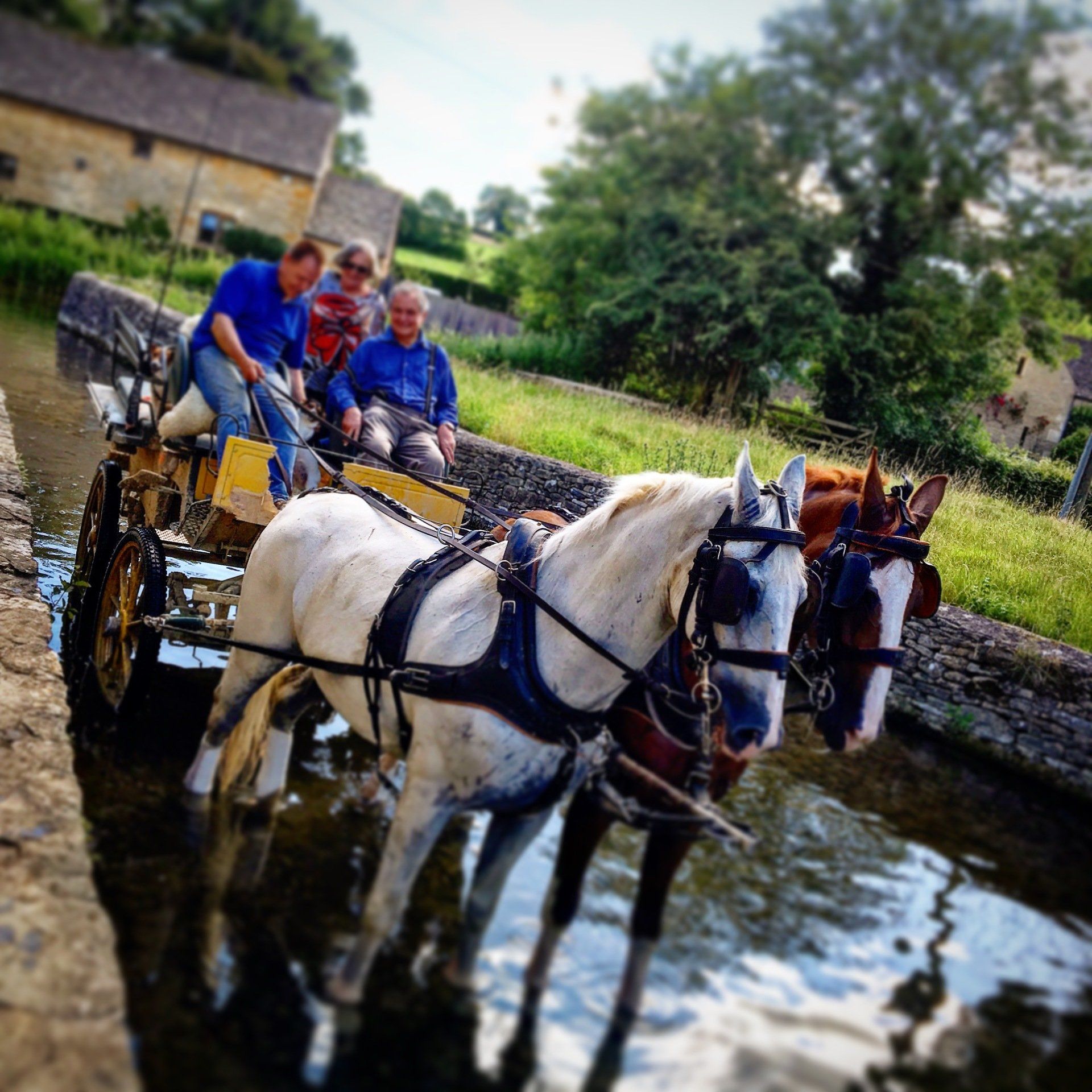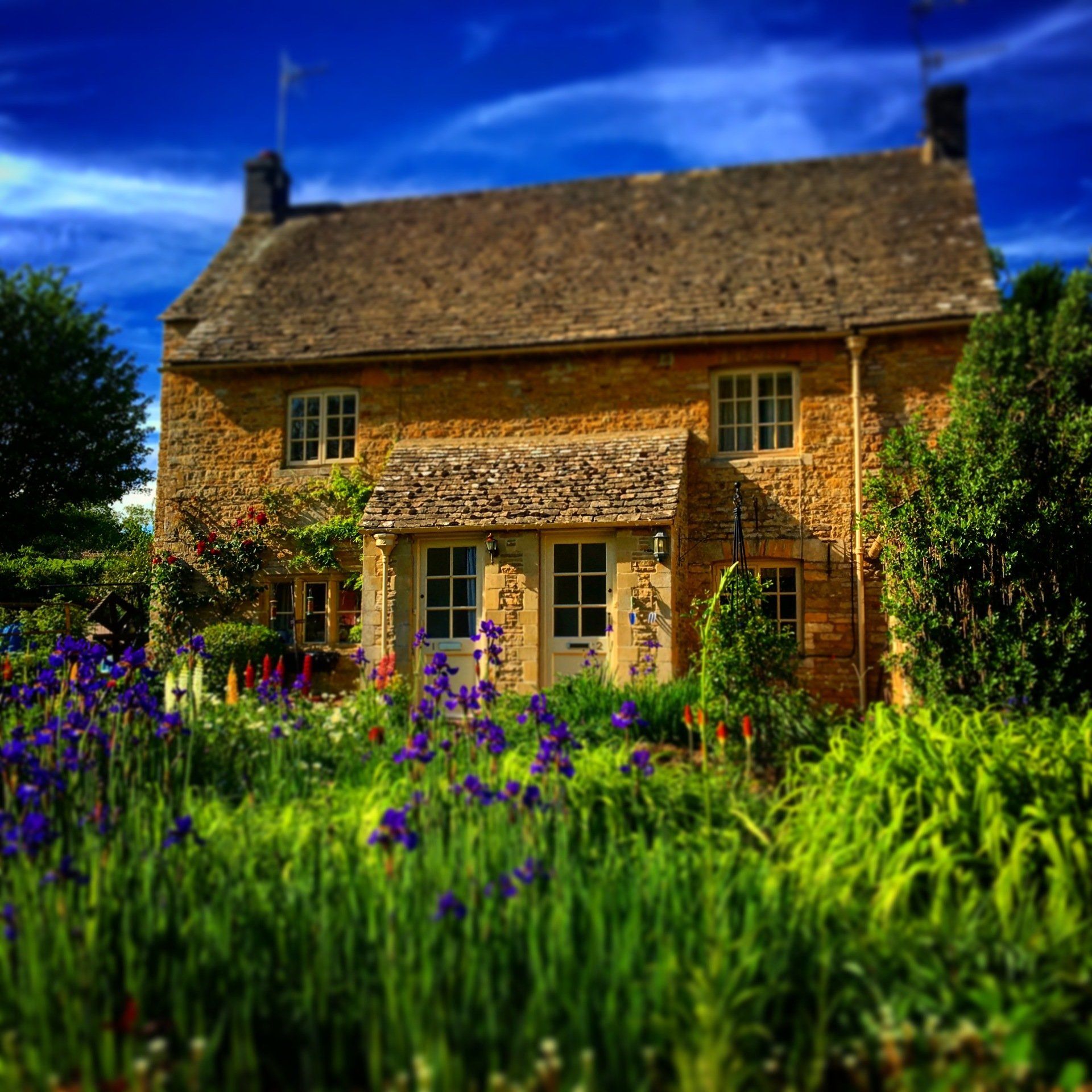1000 Reasons to visit the Cotswolds #631 - its an AONB
reason no 631: its an AONB
631. Its an AONB
The purpose of an AONB is to conserve and enhance the natural beauty of the designated landscape while meeting the need for quiet enjoyment of the countryside and having regard for the interests of those who live and work there. Different from a National Park which encourages large numbers of tourists and actively promotes opportunities for extensive outdoor recreation. If you live in a National Park, there's really no escaping it but by contrast, there is evidence to indicate many residents in AONBs are blissfully unaware of the status. 'What? I live in a what?' This is perfectly illustrated by the yellow car incident in Bibury which you can read about in Tales of the Cotswolds: The Ugly Yellow Car of Bibury
The Cotswolds AONB is full of villages that seem to grow out of the landscape but the Cotswolds were primarily designated an Area of Outstanding Natural Beauty for the rare limestone grassland habitats and old growth beech woodlands that typify the area. These habitat areas are also the last refuge for many other flora and fauna, with some so endangered that they are protected under the Wildlife and Countryside Act 1981. Cleeve Hill, and its associated commons, is a fine example of a limestone grassland and it is one of the few locations where the Duke of Burgundy butterfly may still be found in abundance. Please don't step on it.
The uniqueness and value of the Cotswolds is shown in the fact that five European Special Areas of Conservation, three National Nature Reserves and more than eighty Sites of Special Scientific Interest are within the Cotswolds AONB.
Traditional skills such as dry stone walling, hedgelaying and woodland coppicing have played an important role in moulding the distinctive and unique landscape within the Cotswolds. However, the significant change in land management practices over the past century has resulted in many of these features being left neglected and falling into disrepair. And it's bloody hard work. If you've never given hedge laying a go, think twice before you do.
Fear not; the Cotswolds Conservation Board runs an annual programme of training courses aimed at teaching people the methods and techniques involved in traditional Cotswold skills and crafts and are able to offer a wide range of enjoyable, practical courses from which trainees can leave with new found skills and the knowledge that they have helped to conserve one of the country’s most important landscapes. Win, win.
The Cotswolds AONB covers 787 square miles and is the second largest protected landscape in England after the Lake District and the largest AONB. Its boundaries are roughly 25 miles across and 90 miles long, stretching south-west from Stratford-upon-Avon to Bath. It lies across the boundaries of several English counties; mainly Gloucestershire and Oxfordshire, and parts of Wiltshire, Somerset, Worcestershire and Warwickshire. The highest point of the region is Cleeve Hill at 1,083 ft.
A June 2018 report stated that the Cotswold AONB receives 23 million visitors a year, the third largest of any protected landscape. The government is considering making some AONBs into National Parks, but this has led to concern from the Cotswold District Council as National Park designation is a significant step towards key decision making powers being taken away from democratically elected councillors; specifically the authority to grant and refuse housing applications.
The Cotswolds functions well as an AONB and seems to be the preferred option for residents while ensuring most visitors get to appreciate it's beauty. It allows visitors a window into a unique way of life surrounded by natural beauty and upheld by tradition and forward thinking.
So, get yourselves along to one of the largest, protected areas of outstanding natural beauty in the UK and enjoy this truly unique part of the country. And don't worry about those 23 million other people coming here too - they don't go where we go and you'll never know they're even here.

